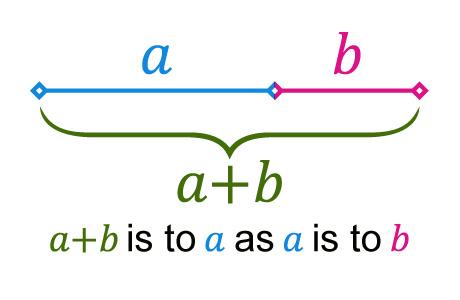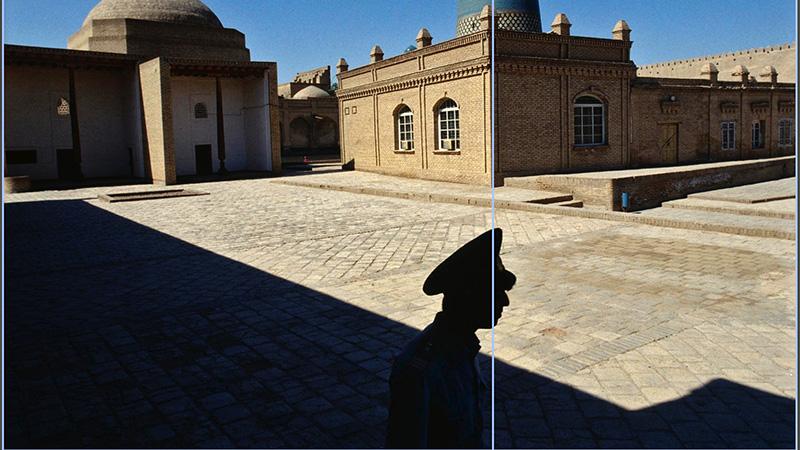The Golden Ratio
Episode #8 of the course Master photographic composition by Tom Ang
Hi!
If you’ve read before about photo composition, you may have expected to learn more rules in this course. I don’t believe in rules. If you want your photographs to look everyone else’s, then, yes, follow the same rules they do.
Otherwise, the great photographer Bill Brandt put it best: “Photography has no rules, it is not a sport. It is the result which counts, no matter how it is achieved.”
But an internal guide for composition is something else. And we do have one. It’s called the Golden Ratio. We have an instinct for harmony and balance in proportions of things. It’s hardwired into our brains just like our preference for horizontal and vertical lines (as mentioned in Lesson 2).
Golden Means
The Ancient Greeks knew about the Golden Ratio, but it’s something that actually underlies many things in nature. These are as varied as the design of butterfly wings, the construction of snail shells, and the forms of flowers.
The Golden Ratio is this:
• A division of a dimension into two unequal parts so that the longer part compared to the shorter part is the same proportion (or ratio) as the longer part to the whole dimension. (Don’t worry if you have to read that a few times!)
This division lies about 62% along the length for larger part and about 48% of the length for the short part. In a diagram, it looks like this.

Now, if you check out a random sample of great art works—pottery, paintings, photography, architecture—you will find that many have Golden Ratio dimensions.
Some works, particularly buildings and Renaissance paintings, were consciously designed to Golden Ratios. Others were not, but the artists were still guided by Golden proportions.
In the two examples shown here, the width has been divided in Golden Ratios: You can see how the key object fits exactly on the line. I can promise you I wasn’t trying to fit the image to a grid. I just clicked when it looked right.

You Can Too!
The most important takeaway for you is that you can do this too! Because it’s in your instinct, a part of natural perception, you can easily compose images according to the Golden Ratio.
Try this:
• When you frame up an image, carefully adjust where you aim the lens until it feels right. Then expose. All you have to do is allow your feelings to take over.
• To test your framing, point the lens away, then return to the same scene and aim and adjust again until it feels right and click again. Compare the two shots.
As with other techniques, you’ll become more fluent as you practice. Remember, this is not a rule. It’s about letting your natural ability guide you.
Not the Rule of Thirds
You may read elsewhere that the Rule of Thirds is like the Golden Ratio. Some say it’s the other way around. Both are wrong. They are quite different ideas. The key difference is that only the Golden Ratio can divide picture space in many different ways, all of which look harmonious and balanced.
Tomorrow, we’ll return to lighter territory!
See you then!
Tom
Recommended resource
The application PhiMatrix1618 is perfect for measuring art works to see if they fit into Golden Ratios. The website is also full of many fascinating examples.
Recommended book
Digital Photography Masterclass: Advanced Techniques for Creating Perfect Pictures by Tom Ang
Share with friends

